Unlock the potential of decentralized infrastructure with DePIN. Explore how this innovative concept is reshaping the future of physical infrastructure management.
What is DePIN?
DePIN, short for Decentralized Physical Infrastructure Network, presents an innovative approach to managing and operating physical infrastructure systems. It involves utilizing crypto-incentives to efficiently coordinate the development and functioning of crucial infrastructure. This “Infrastructure” encompasses various elements, ranging from WiFi hotspots in wireless networks to solar-powered home batteries in energy networks.
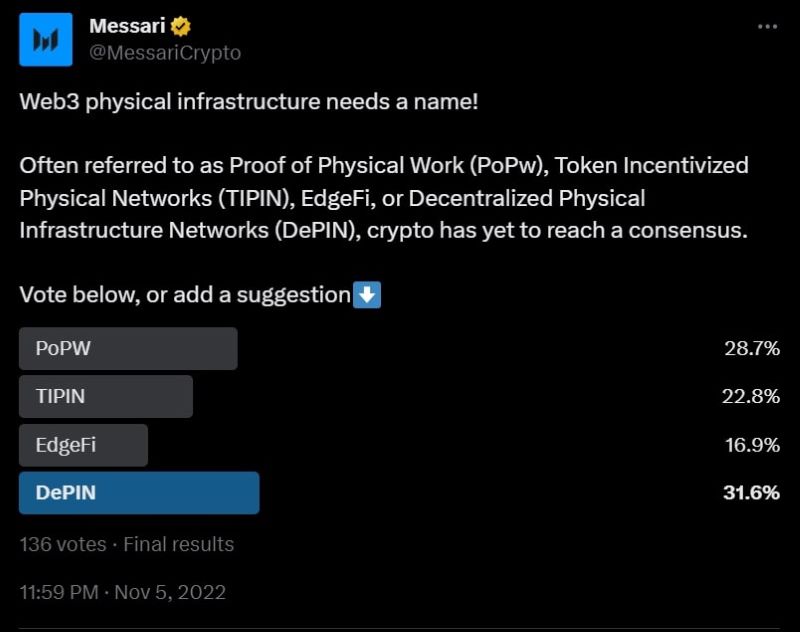
DePIN stands for Decentralized Physical Infrastructure Network
DePIN is a relatively new concept, emerging only recently. It evolved from Proof of Physical Work (PoPW) to Token Incentivized Physical Networks (TIPIN) and EdgeFi. Interestingly, it wasn’t until November 5th, 2022, that DePIN was officially named. This happened through a casual Twitter poll by Messari, which also became the first to formally reference it as DePIN in a research piece. Messari predicted that DePIN would be among the most significant areas of crypto investment for the next decade. Subsequently, DePIN gained traction as an explosive narrative within Web3, arguably representing one of the most compelling use cases in crypto history.
The “Sharing Economy” and how DePIN revolutionized it
DePIN is built upon two core principles of crypto: Decentralization and Token Economy, which underpin various sectors like Decentralized Finance (DeFi), GameFi, and SocialFi. The use of cryptocurrencies as the primary driver for economic systems has revolutionized traditional models, empowering users with unprecedented authority and ownership.
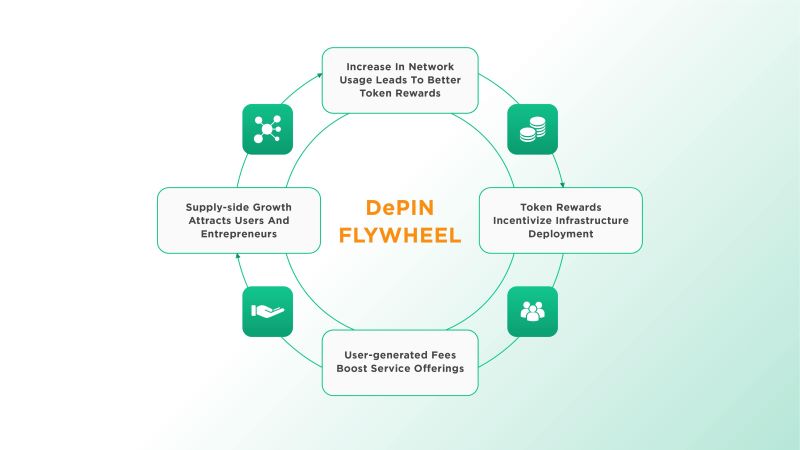
Traditionally, the deployment and management of physical infrastructure such as wireless networks, cloud services, mobility networks, and power grids were monopolized by large corporations due to capital requirements and logistical challenges. This led to limited competition and innovation, with centralized entities dictating pricing and services. DePIN introduces a paradigm shift, bridging the gap between fully centralized and fully decentralized infrastructure, often referred to as the “Sharing Economy”.
The Sharing Economy revolves around the sharing of resources, facilitated by technology and peer-to-peer interactions through digital platforms. It involves companies leveraging contributors’ assets to provide goods and services, rather than maintaining a centralized inventory. This approach optimizes resource utilization and fosters community engagement.
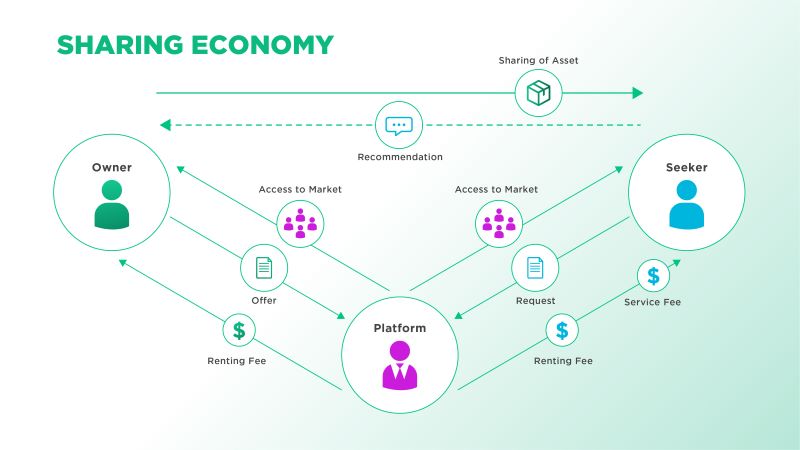
Uber serves as a prime example of the Sharing Economy, connecting drivers with their own cars to people in need of rides. Unlike traditional taxi services, Uber doesn’t own the vehicles but utilizes an app for connections. This model offers flexibility for drivers and convenience for riders, illustrating how existing resources can benefit everyone.
However, Uber’s centralized structure retains control over its network, drivers, and business operations. DePIN seeks to advance the Sharing Economy model by transitioning to a more equitable and inclusive decentralized approach. Unlike Uber, DePIN advocates for a fully decentralized model, empowering contributors and distributing value fairly among them. This shift is made possible by blockchain technology and crypto’s Token Economy and Decentralized Ethos, explaining why DePIN is a recent phenomenon.
The benefits of DePIN
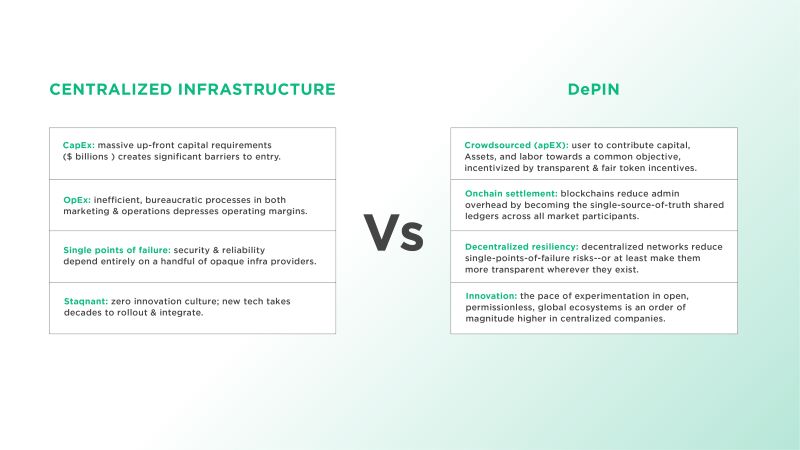
How DePIN is shaping the future of Web3
DePIN is poised to shape the future of Web3, offering a compelling investment opportunity and demonstrating remarkable growth potential. With over 650 projects and a market cap exceeding $20 billion in currently liquid tokens, the DePIN ecosystem is expanding rapidly across six sub-sectors identified by Messari.
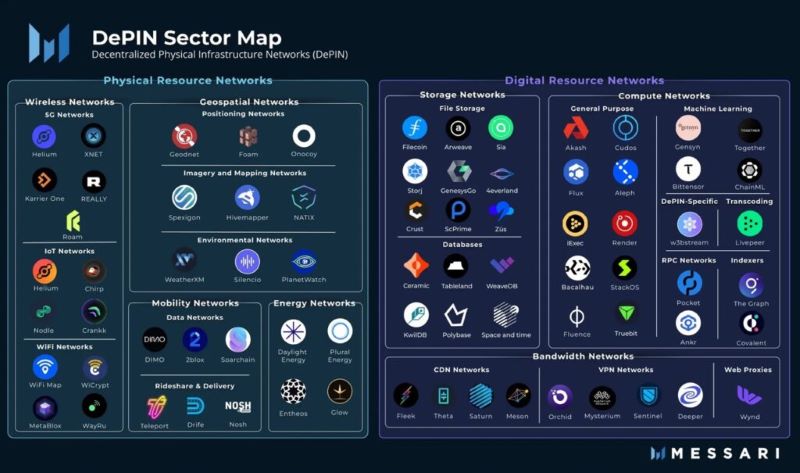
Each of these sub-sectors, including Compute, AI, Wireless, Services, Sensors, and Energy, disrupts industries valued at over $1 trillion. Messari predicts that the growth of DePIN could contribute over $10 trillion to the global GDP in the next decade, and over $100 trillion in the following decade. Despite these impressive figures, the size of DePIN remains relatively small compared to its actual potential.
What sets DePIN apart as one of the most significant crypto use cases is its ability to generate organic revenue driven by genuine demand for infrastructure services. Unlike sectors reliant on speculation, DePIN’s revenue model is sustainable and utility-driven.
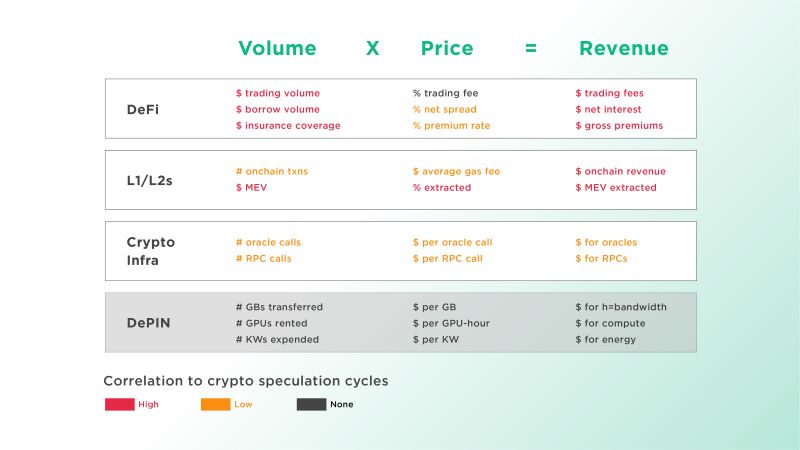
The resilience of DePIN was evident during the last market cycle, where it experienced a much milder decline of 20-60% compared to the broader crypto market’s 70-90% drop. While sectors like DeFi and GameFi may see rapid growth during bull markets, they are heavily influenced by speculation and trend-oriented.
For Web3 to achieve widespread adoption, DePIN emerges as an ideal solution due to its efficiency, resilience, and sustainable revenue model.
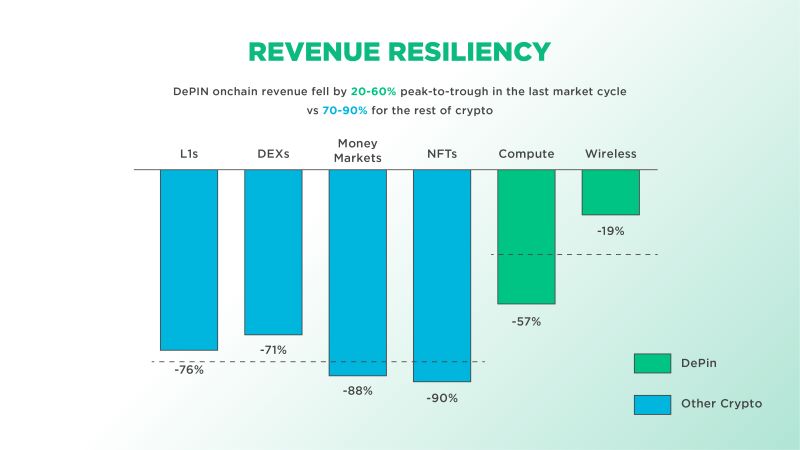
Unicorn Ultra Network’s role in spearheading DePIN innovations
Unicorn Ultra Network (U2U Network) plays a pivotal role in driving innovation within the DePIN (Decentralized Physical Infrastructure Network) space. Our vision and mission revolve around harnessing blockchain technology to develop and enhance real-world applications, particularly in the realm of DePIN.
At the core of our strategy is the development of U2U Subnets technology. These subnets serve as vital components of our blockchain infrastructure, specifically tailored to meet the unique demands and challenges of DePIN. U2U Subnets operate as layers atop the primary blockchain, enabling U2U Network to process a high volume of transactions swiftly and securely. This capability is crucial for DePIN applications, which often require rapid data processing and management.
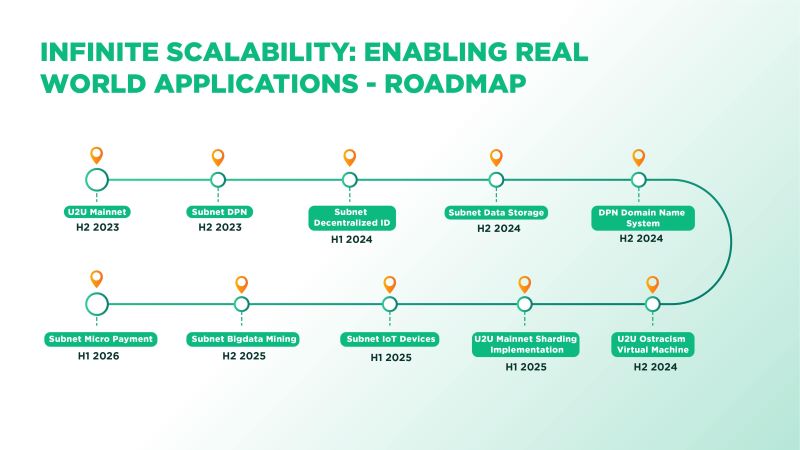
Our approach aims to bridge the gap between blockchain’s potential and its practical application in daily life. In the context of DePIN, this entails leveraging blockchain to enhance the efficiency and fairness of physical infrastructure systems while prioritizing community empowerment. Through initiatives like U2 DPN (Decentralized Private Network), which pioneers Absolute Privacy with Mobility Nodes, we aim to revolutionize critical infrastructure management.
Furthermore, U2U Network is strategically positioned to meet the growing demand for DePIN in the coming years. Our DePIN product pipeline includes offerings such as Decentralized Data Storage, Decentralized ID, Matching Engine, Search Engine, Micro Payment, and more. These products align with our commitment to driving innovation and advancing the DePIN ecosystem to benefit users worldwide.
In summary, Unicorn Ultra Network (U2U Network) is leading the charge in DePIN innovation. Our focus on U2U Subnets technology and commitment to bridging the gap between blockchain potential and real-world application underscore our dedication to revolutionizing infrastructure management. With initiatives like U2 DPN and a robust product pipeline, we are poised to meet the growing demand for decentralized infrastructure solutions and drive positive change in the industry.
Stay ahead of the curve with the latest Forex Trend News. Explore our comprehensive updates and insights to make informed trading decisions. Dive into the world of Forex trends now!

